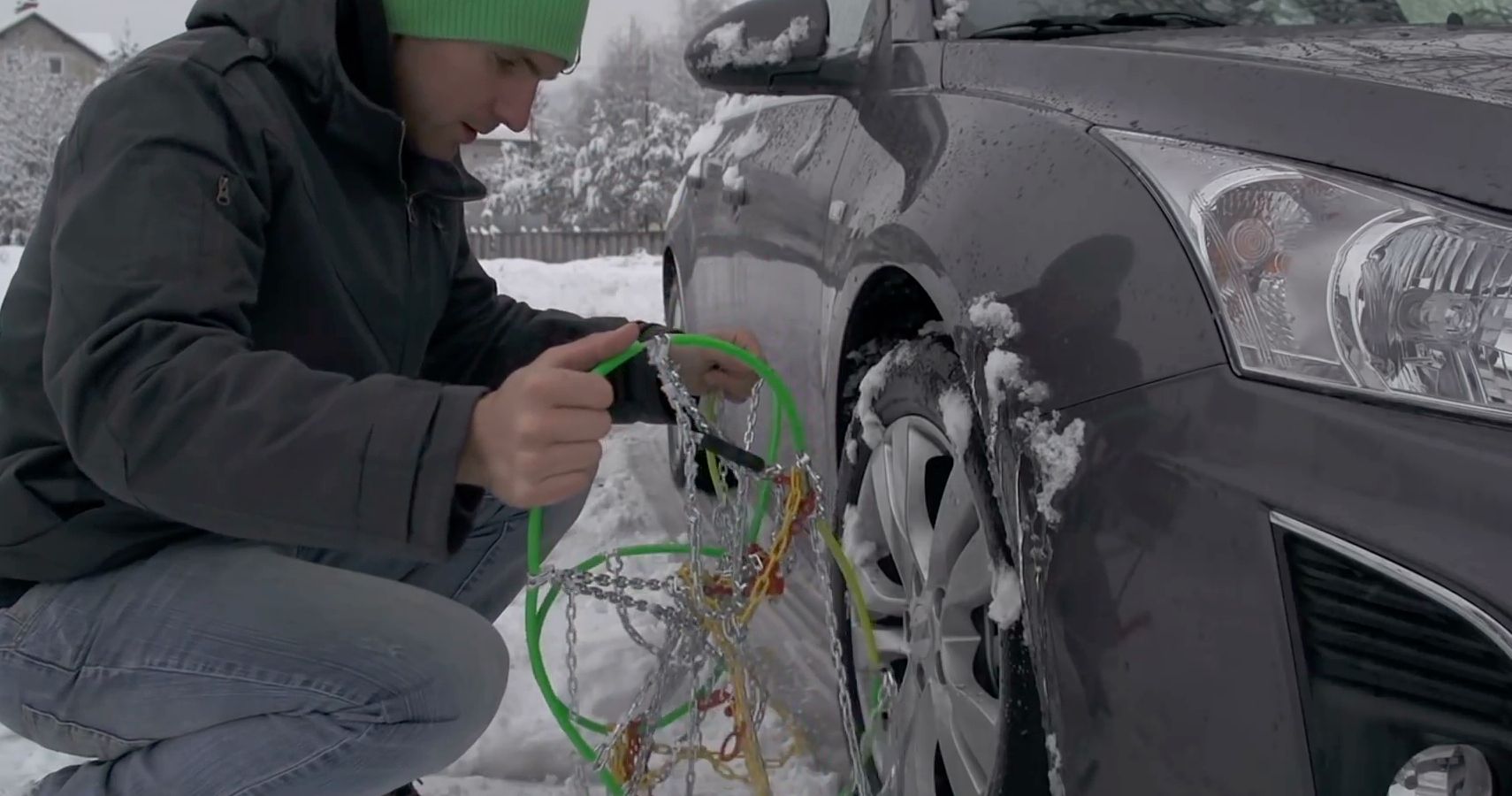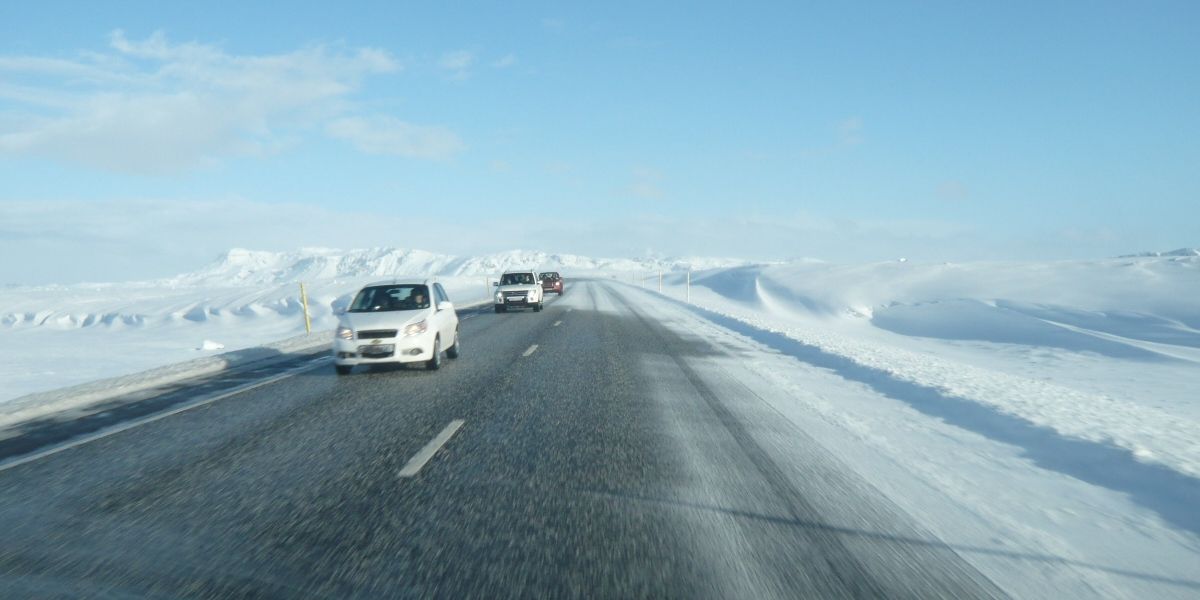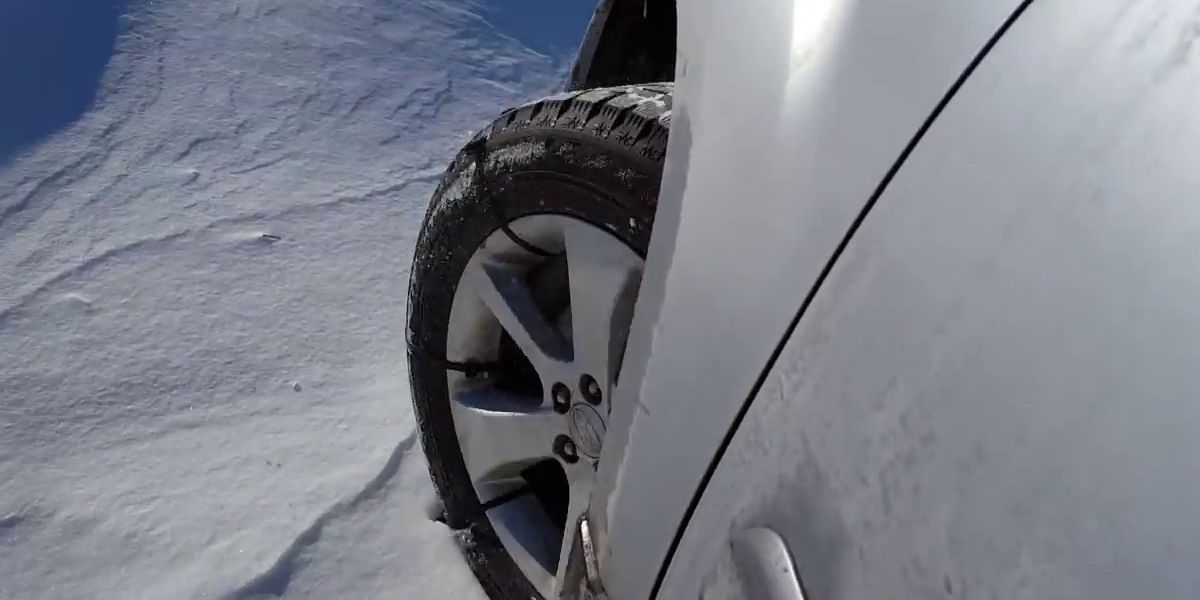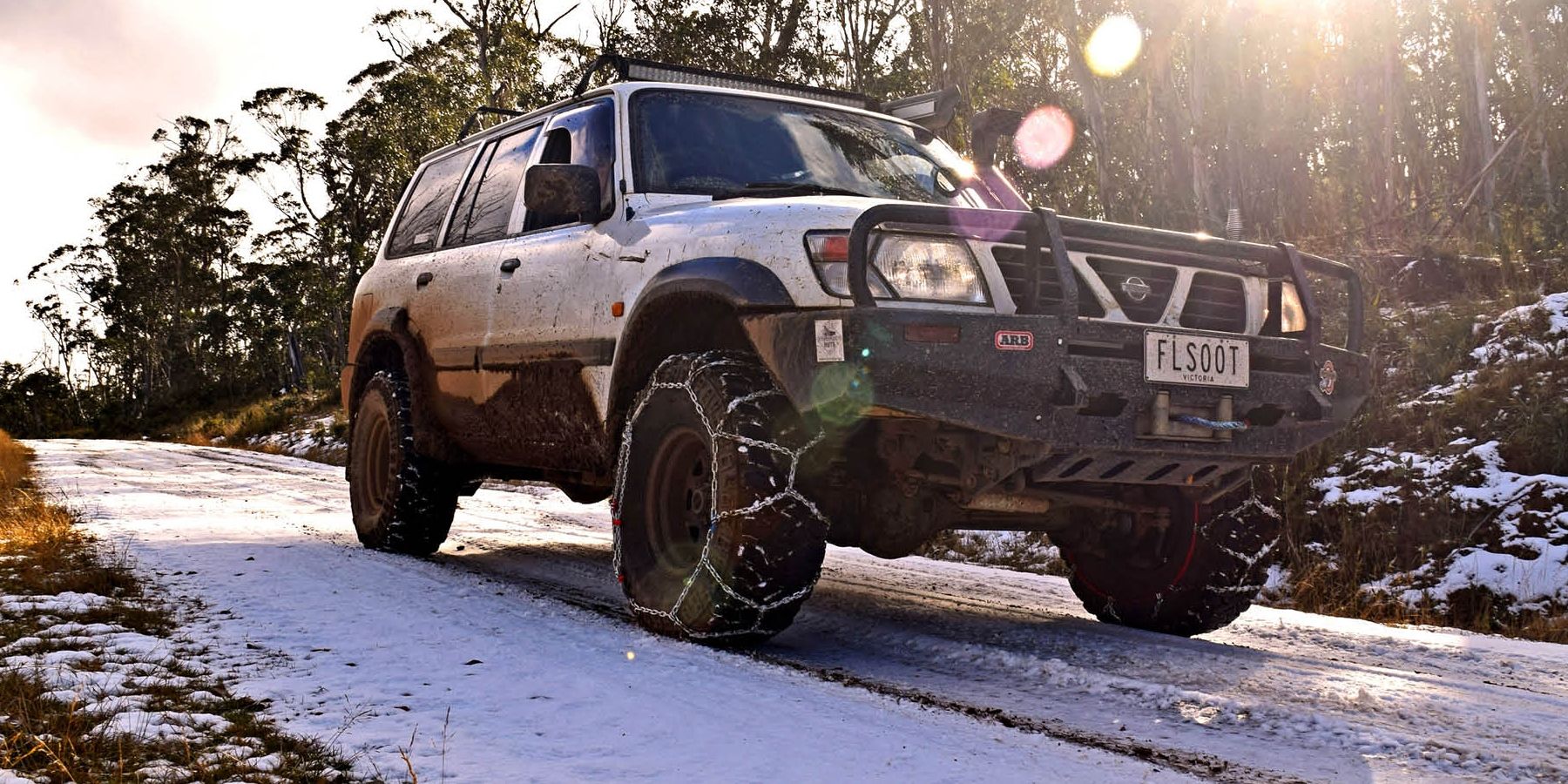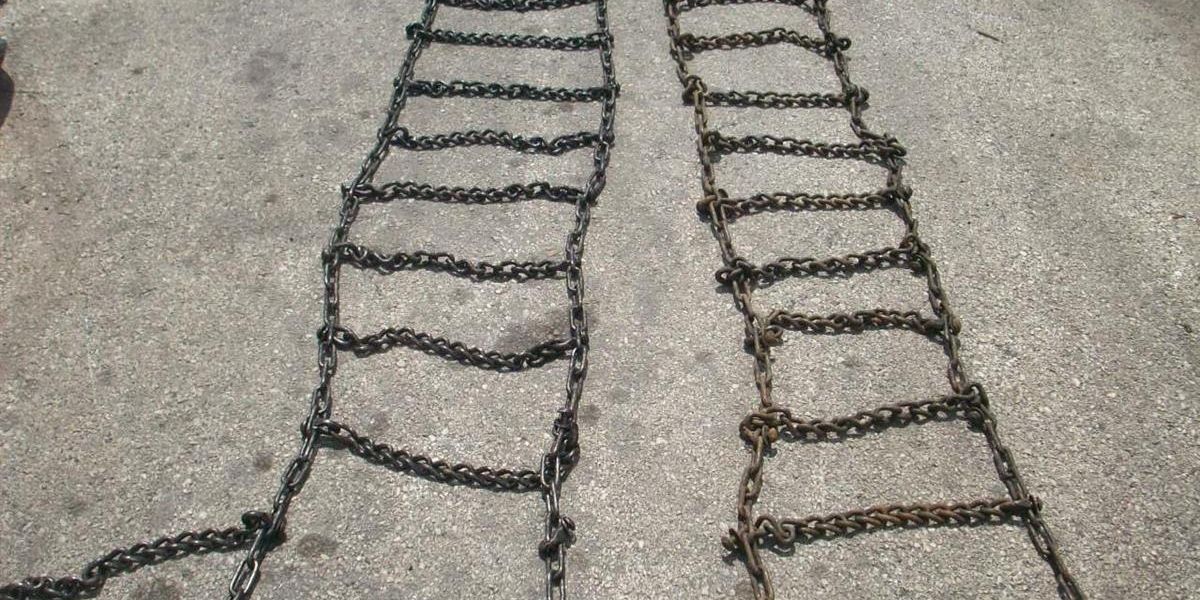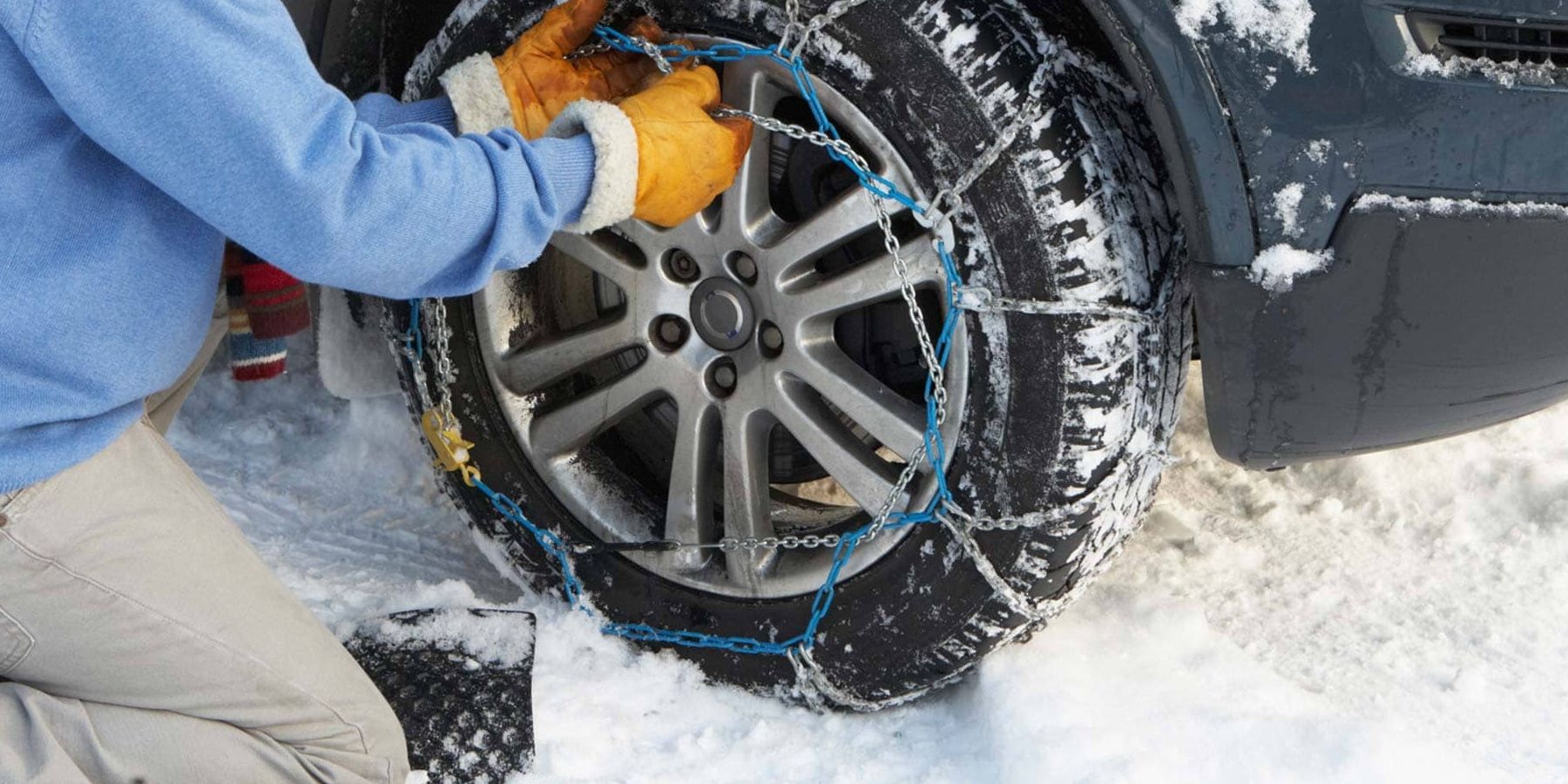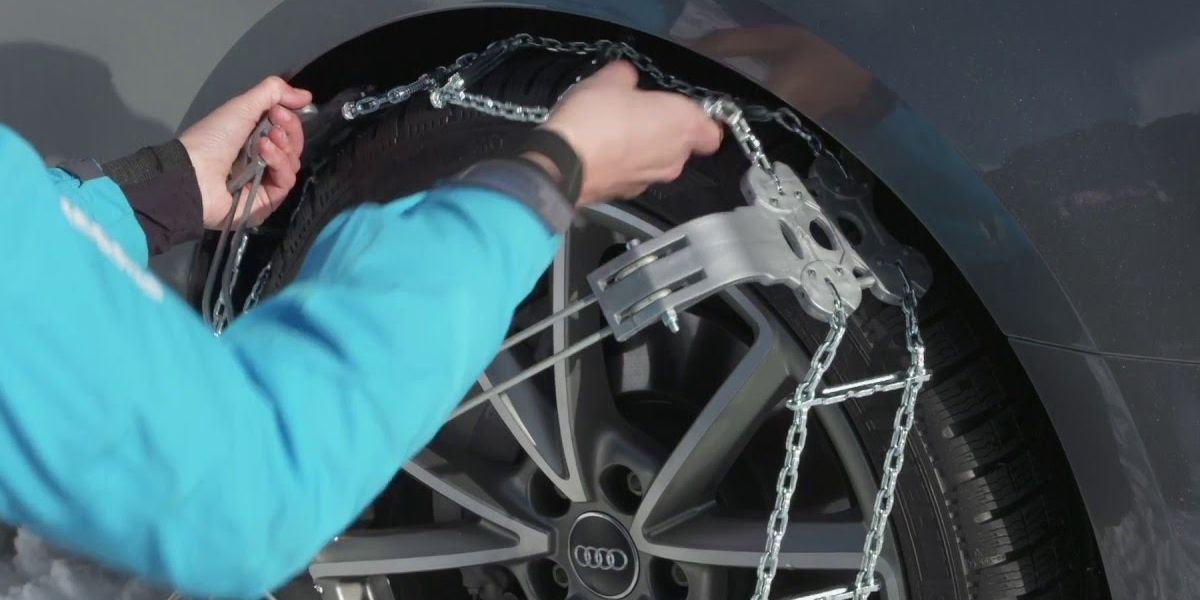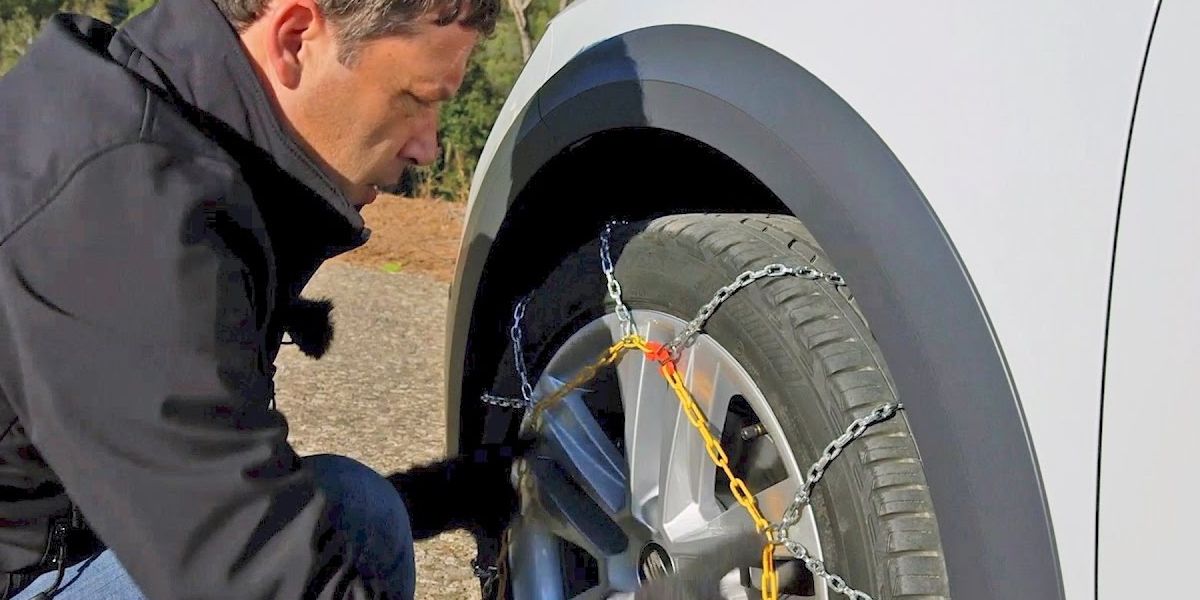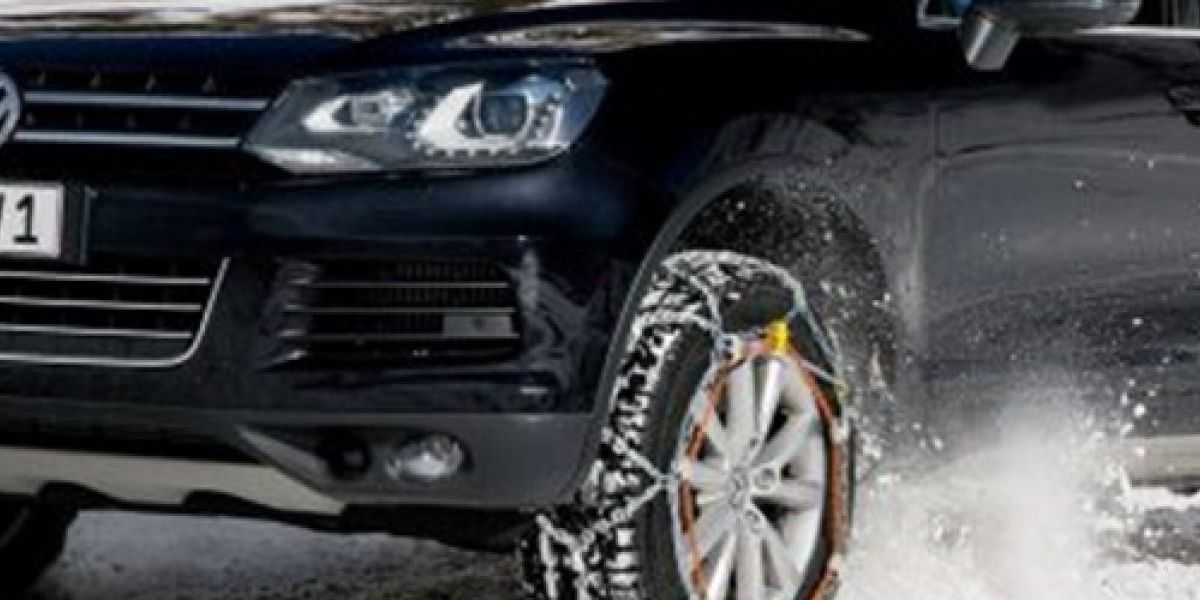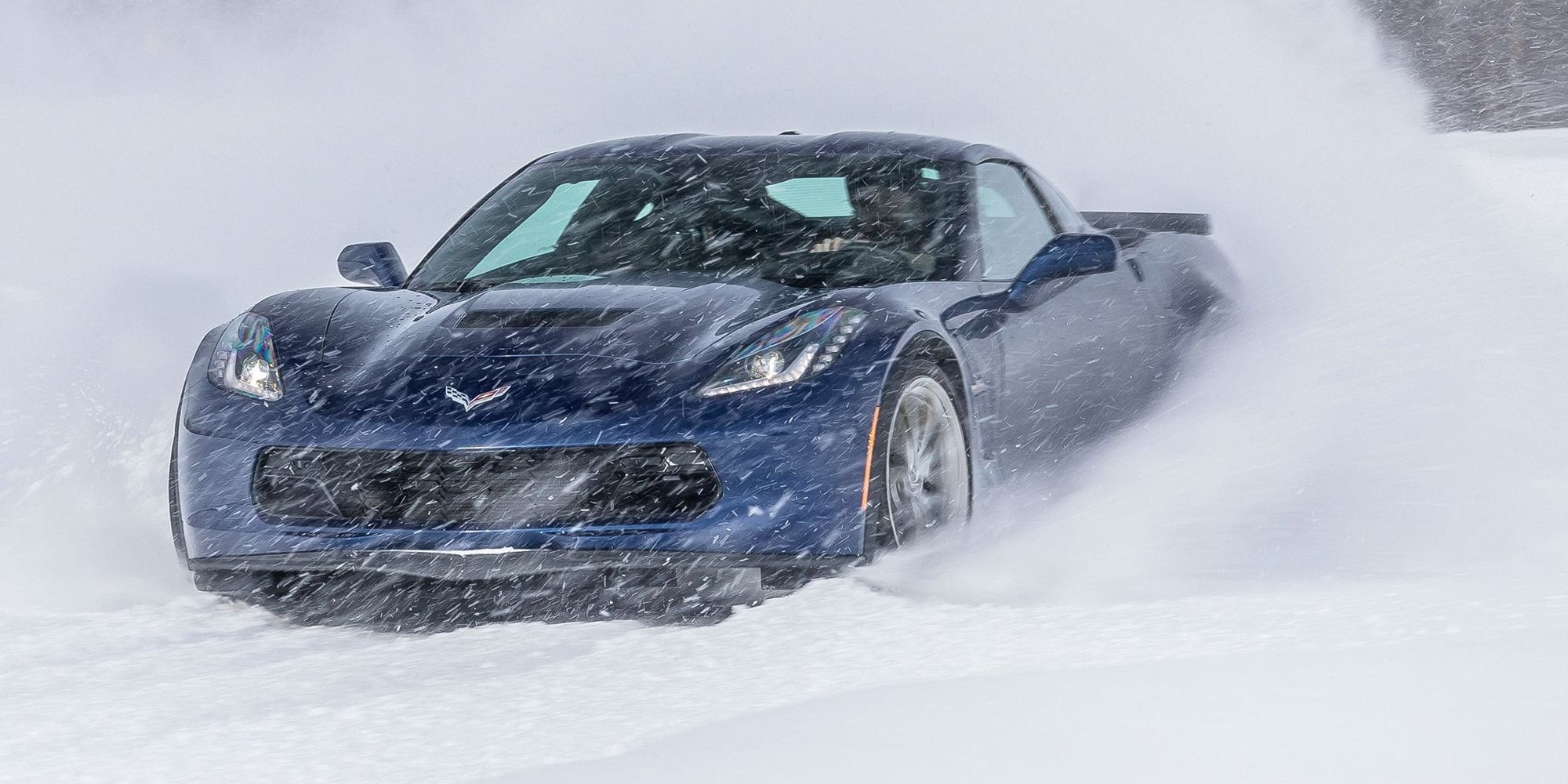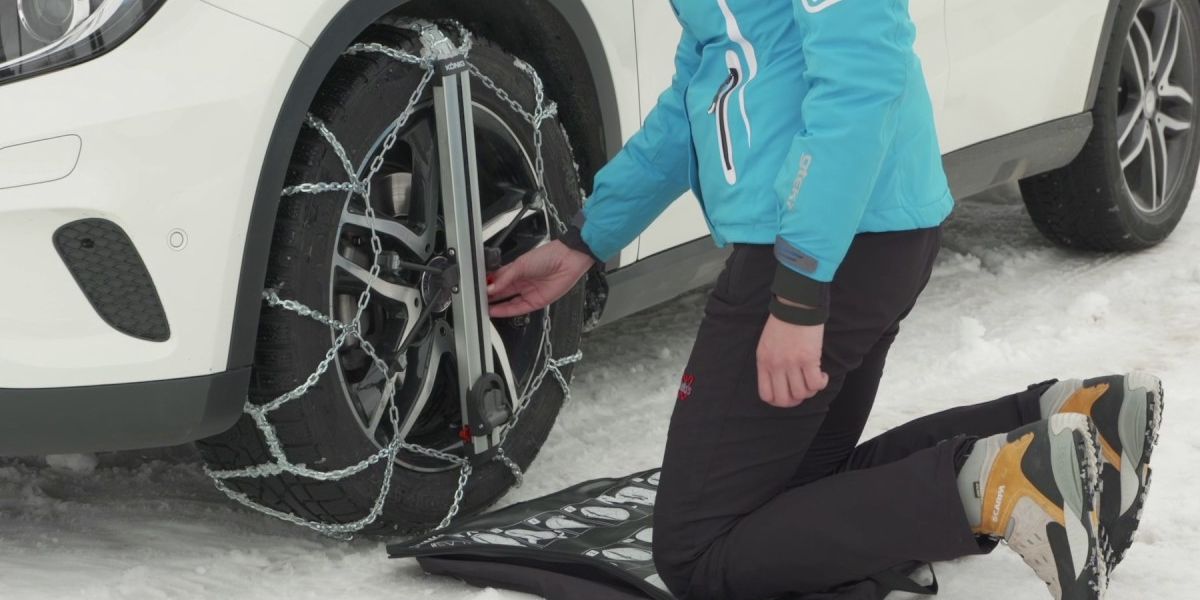Have you ever bought something that's just lying in your garage because you never know how to get started on installing it? Then we feel that if we ask for help people would think less of us. Don't worry, your secret's safe with us. Sometimes, installing tire snow chains can be a steel web of entanglement we might get trapped in.
Related: 10 Best Tire Companies In The World
But worry no more because it's time we share some professional tips and tricks on how to get started and successfully dress those beautiful tires of yours with snow chains that could really help with safe traveling during snowy days.
10 Evaluate your situation first
Getting a good pair, or two, of reliable tire snow chains, is not cheap, the good brands go for at least $50. That's just one pair, but you might need two pairs if your vehicle is an all-wheel-drive (AWD). Think about how you’ll be driving before investing in a good pair of snow chains. Will the car be used when it snows and the roads are a bit dangerous? Because if not, one can just purchase emergency snow chains that are much cheaper, around $30, especially if they aren’t going to be used often. So, evaluate your situation before whipping out that checkbook or swiping that card.
9 Choose the Perfect Fit for Your Vehicle First
We might be thinking that getting bigger snow tire chains would do the trick without measuring or knowing what our tire size is, but that's a wrong move. Snow chains are not one-size-fits-all. First of all, the wrong fit could damage our tires, wheel alignment, and eventually the car itself. Secondly, it's not like we're asking for directions, get help. The service people would gladly get you the perfect snow tire chains if you don't have a clue about your car's tire size. Knowing what kind of road you'd be traveling on, heavy or light snow, icy, or rough ones, will match you up with the perfect kind of snow chain.
8 Getting a Pair or Two
Let's assume for the duration of this article that we know very little about our own cars. We'd think that we need four snow chains because we have four tires on our cars. But getting more than two, especially if our car is not AWD, might be unnecessary. However, if the road conditions are worse than usual, it's a good idea to fit all four tires with snow chains for better traction. We never know if the weather could get worse all of a sudden while we're traveling. All-wheel drive vehicles must be fitted with two pairs, one for each tire, and not just for the ones that have the power going to them.
7 Opening and Preparing
Tire snow chains come in various shapes and sizes, but they are mostly made of steel, alloy, carbon steel, polyurethane, and some emergency ones that are even made of fabric. They also are packaged differently, so unboxing them will vary depending on the product you purchased. Know first what kind of chain pattern you bought, there are four different kinds: diamond, ladder, diagonal (zigzag), and full cover pattern. We can lay out the chains properly the way they're supposed to be if we know what the pattern is. Then make sure to check for other parts or pieces, additional assist tools, or bearings that go with the snow chains.
6 Fitting it to the Tire
It's time to dress up that tire with the newly-bought snow chains. The first thing we should already know is what kind of snow chains they are based on aligning, tightening and adjustments. The more expensive chains have automatic adjustments, we fit them on the tires as instructed by the manual, then drive the car for a bit, and the snow chains will do the rest. Some are manual, it's a bit tricky but not hard to do. Lay them on the ground, or dress them on the side of the tires and hook them up, then drive the car. Once they're on, we have to tighten them up.
5 Completing the Fitting Process
Some chains fall between automatic and manual adjustment, and the package comes with some tools to help tighten and fit them on the tires easier, but these assisted adjustments vary depending on the brand. Read the manual so that you'll know what that other device is for. Whether it's automatic, manual, or assisted, one still needs to eyeball them to check that the chains are properly fitted onto the tires. Drive the car slowly forward and backward, then check on the chains again. If it's the same as the picture in the manual, then you did a great job, so pat yourself on the back!
4 Drive Some Then Re-Fit
To completely make sure that everything is aligned, adjusted, and fitted properly, take the car for a very short drive. Don't do this when there's no snow on the road, it could ruin the chains and the tires. Drive around a bit, the process will put the chains properly in place and make sure the tightened spots are really tight, and if they're not, that's what this step is uncovering. A good 2-3 minutes is perfect, try to speed up a bit then slow down, drive through speed bumps if there are any around to test the snow chains thoroughly.
3 Test Them First Before using
This next step is important to ensure that the right tire snow chains were purchased so let's take them for a real test drive this time. Again, do it on snowy roads, 'cause that's what we are testing them for. Go slow at first, feel the weight of the chains on the steering wheel and the traction they have at that speed. As you go faster, feel as well the vibration and the roughness of the ride. This test drive will tell us if we don't like how rough the chains are making the ride, or how we think there's not enough grip and traction for when the real snowfalls. Then we'll still have time to replace them before we have to use them for real.
2 Working Conditions
There are snow chains that are designed for more traction and grip but will create more vibration and a rougher ride, these usually are the square link chains. Then there are some that give us good traction in lighter snow with a smoother ride, these are the rollers. So this could be crucial because there will be times where snow is thicker and days where it will be lighter. So the best tire chains would be the ones that will match your road environment best. We'd recommend the D-shaped links or twist links as they give a smooth ride without much sacrifice on traction and grip.
1 Taking Them off
The manually adjusted snow chains are easier to take off than putting on, we just have to reverse the steps and voila. The assisted and automatic chains have a kind of disassembling mechanism, like a lever that when pulled unravels the chains just as quickly as you put them on. This eliminates the hassle and the time spent in the cold and would be very much worth the more expensive tire chains. If we like this and are going to use them a lot, then we can invest in premium snow chains. If we're going to go to the whole process more than twice in a year then let's make it easier for ourselves and invest in the automatic ones.

